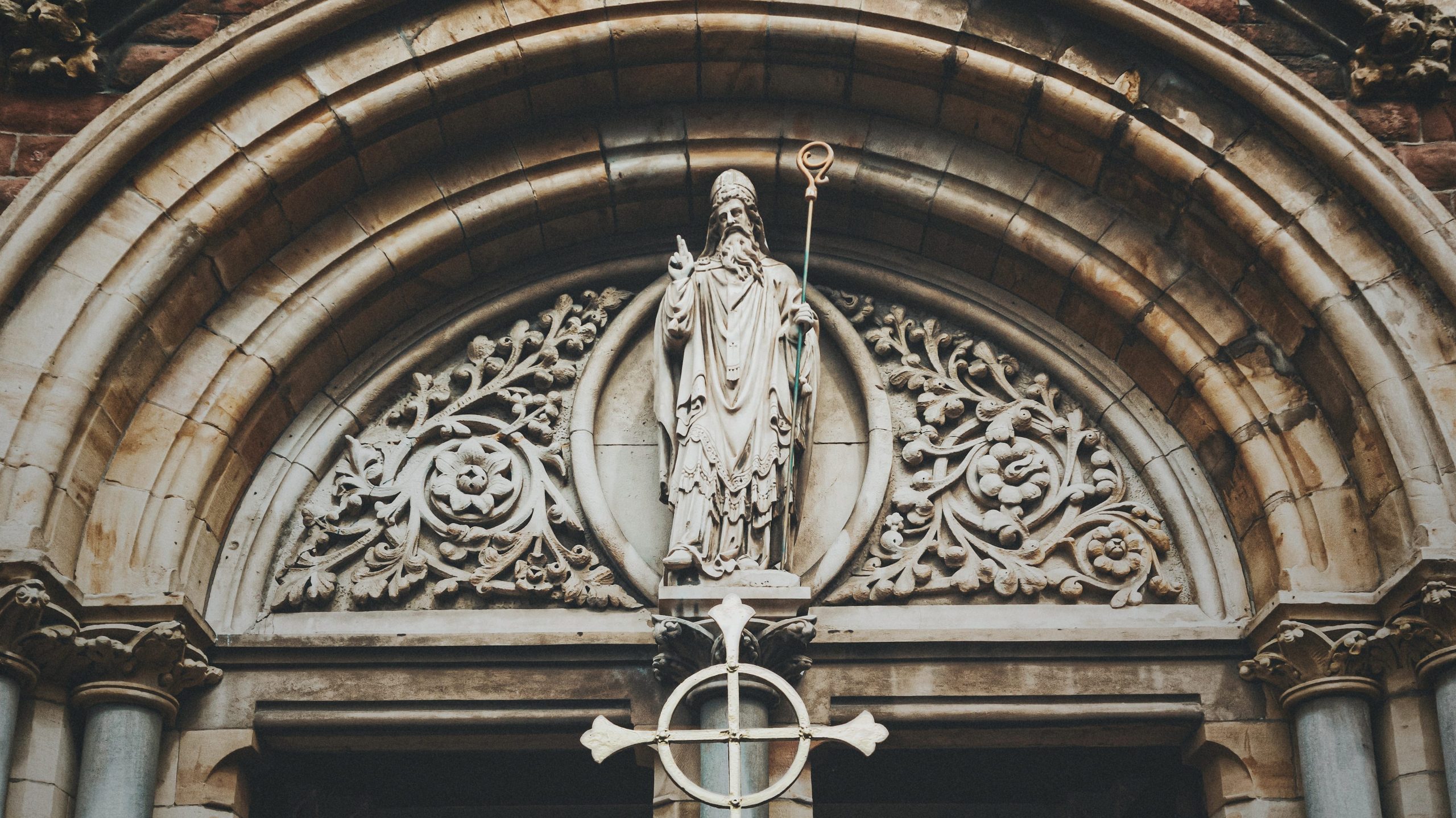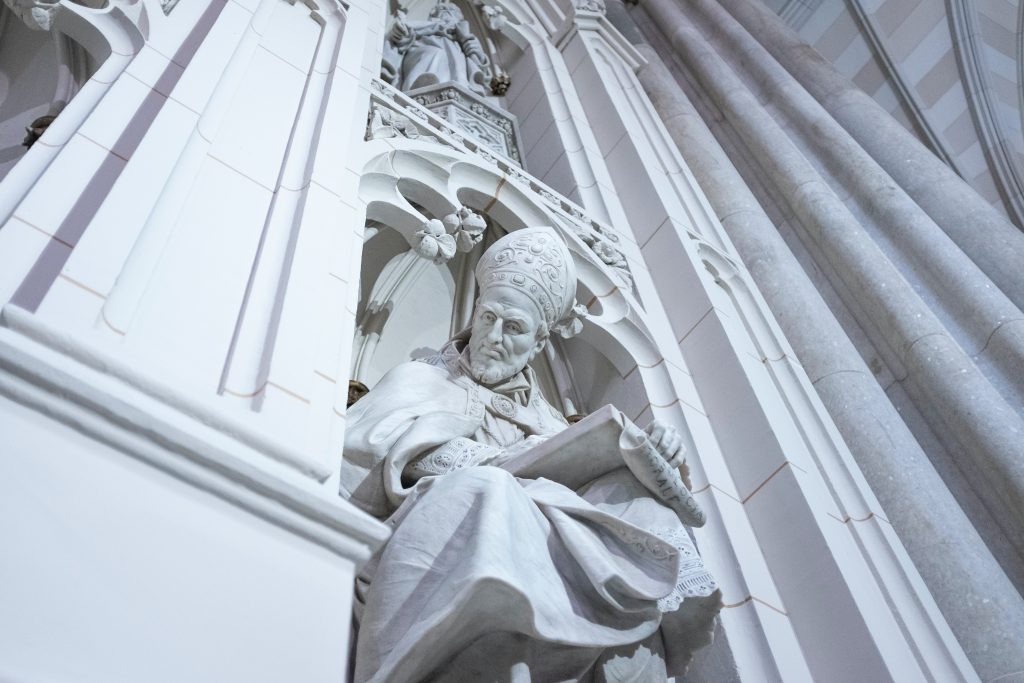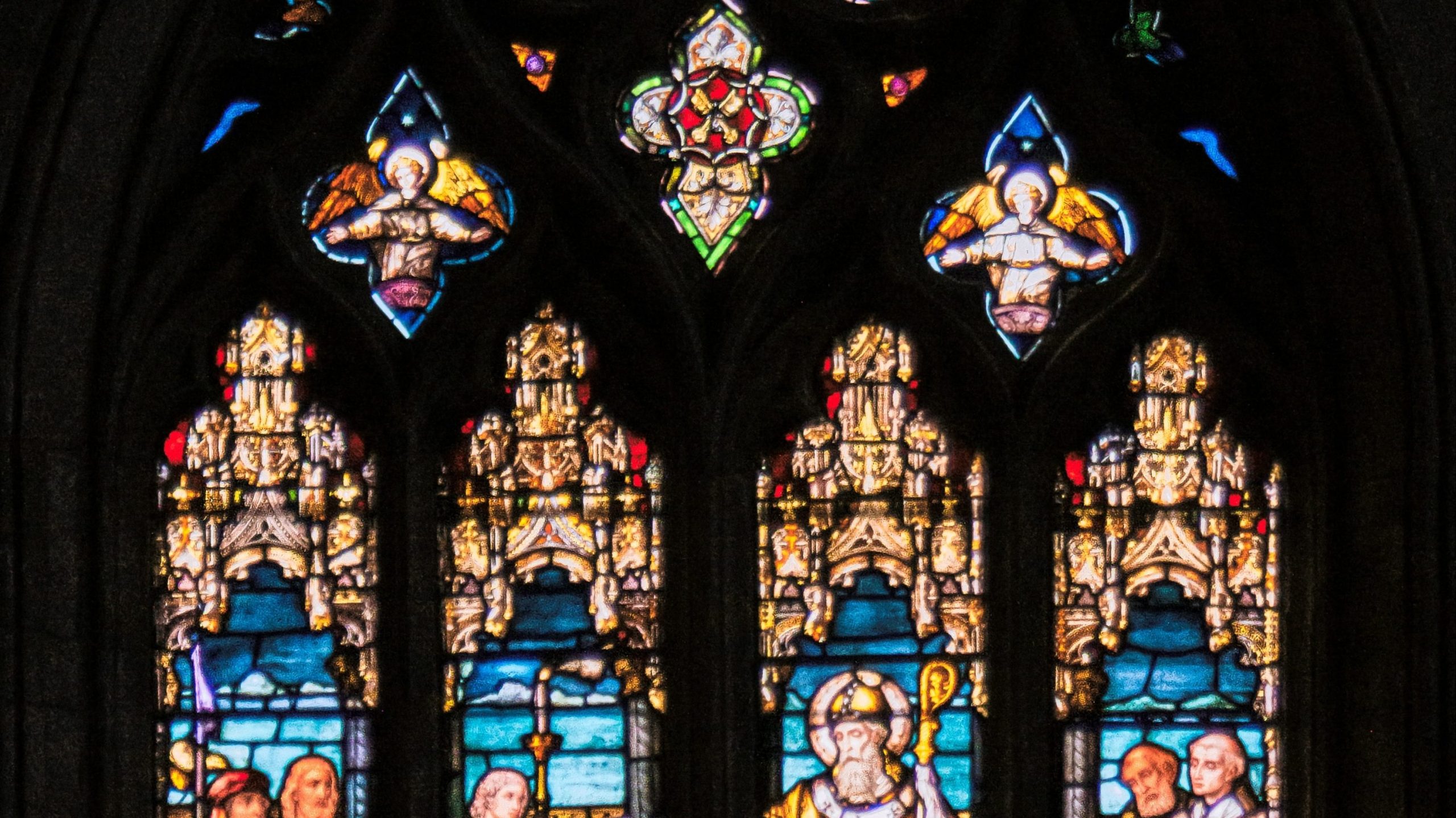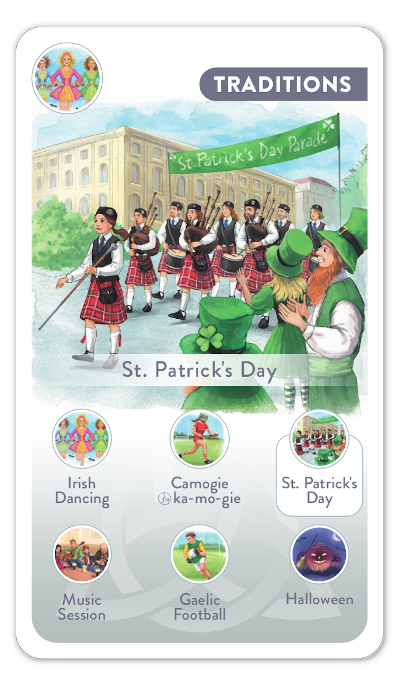St. Patrick: The Man Behind the Myth

Every year on March 17th, people all over the world gather to celebrate St. Patrick’s Day. But who was St. Patrick, and why is he so revered?
Here, we’ll have a look at the life of this fascinating figure, exploring his origins, his contributions to the spread of Christianity, and the modern-day celebrations in his honor.
Who Was St. Patrick?

St. Patrick was a fifth-century Christian missionary and bishop who is credited with converting the people of Ireland to Christianity.
Although many myths and legends have sprung up around his life, historians believe that he was actually born in Britain, not Ireland, around the year 386.
St. Patrick’s early life
Patrick was born in Wales but at 16 years old he was kidnapped by Irish raiders and taken to Ireland as a slave.
There, he lived in captivity herding pigs and sheep until a dream told him a boat would take him back home across the water. He managed to escape after 6 years and returned to Britain.
However, he soon had a vision in which he was called to return to Ireland as a missionary, and he spent the rest of his life working to spread the Christian faith throughout the country.
Using the Shamrock to Convert the Irish to Christianity

Legend has it that St. Patrick used the shamrock, a three-leaved clover, to explain the concept of the Holy Trinity to the Irish.
The three leaves represented the Father, the Son, and the Holy Spirit, which are all part of one God.
This clever analogy helped the Irish understand and embrace Christianity, and for this reason, the shamrock became a symbol of Irish identity and pride.
Driving the Snakes Out of Ireland

Another famous legend about St. Patrick is that he drove the snakes out of Ireland. However, this legend is more likely symbolic than literal.
Snakes were never native to Ireland, so the “snakes” that St. Patrick drove out were probably pagan beliefs and practices.
Becoming the Patron Saint of Ireland

St. Patrick’s influence was so significant that he became the patron saint of Ireland. His feast day is celebrated on March 17th, which marks the anniversary of his death.
St. Patrick’s final resting place is in Downpatrick, Co. Down. There is a wonderful exhibition centre there showing interactive displays of his life and story.
Celebrating St. Patrick’s Day Today

Today, St. Patrick’s Day is celebrated not only in Ireland, but all over the world. In fact, the first St. Patrick’s day parade was held in America in the 1700s.
Some cities, such as Chicago, even dye their rivers green for the occasion!
It’s a celebration of Irish culture and heritage when the streets come alive with colourful parades and lively festivities.
Happy Families – Exploring Ireland card game

The St. Patrick’s Day parade features in our new card game about Ireland “Happy Families – Exploring Ireland” where you can learn about more of the wonderful traditions, symbols, landmarks, mythology, cities, food and music that represent our little island.



